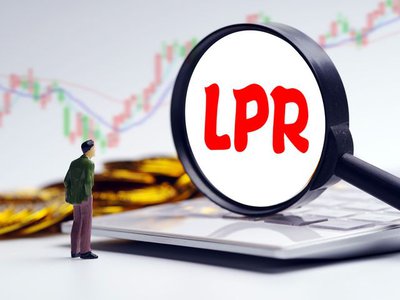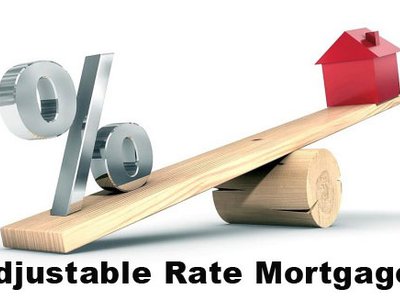With improvement in the economy, banks are willing to lend businesses money to find their activities. If you were previously turned down for financing due to a low business credit score, it’s still possible to get the money you need. You just need to do a little research.
There are two popular kinds of financing options available – business loans and lines of credit. They’ll give you the money you need but work in different ways.
How Do Lines of Credit and Business Loans Work?
Business Loans
A business loan is easy to understand – you’re given money to a lender for a certain amount and must abide by the loan’s terms including repayment, interest, etc. These loans have a lifespan of one to 15 years and have a closing cost of up to seven percent.
While the concept is simple, it’s the paperwork that can be troubling.
Loans with fixed terms mean the monthly payments tend to be higher those than you see with lines of credit. A $50,000 loan may be $700 more than a $50,000 lines of credit loan. The interest rate, however, on the loan, is fixed, which means you can plan for your monthly payment.
Lines of Credit
A line of credit allows you to borrow money for the amount needed up to a certain pre-determined amount. A line of credit is similar to a credit card. The interest applies to the outstanding balance, not the money you don’t use. Credit lines may have closing costs.
Lines of credit are ideal for short-term solutions like making payroll, marketing, etc. They are great for unexpected issues with cash flow but need to be used sparingly.
The interest rate on this method is prime rate based, which means if rates increase, so do your payments each month.
The idea is to choose a method that lets you increase your revenues. Be aware that managing your credit wisely means improved credit scores. This gives you some wiggle room in the negotiations.






